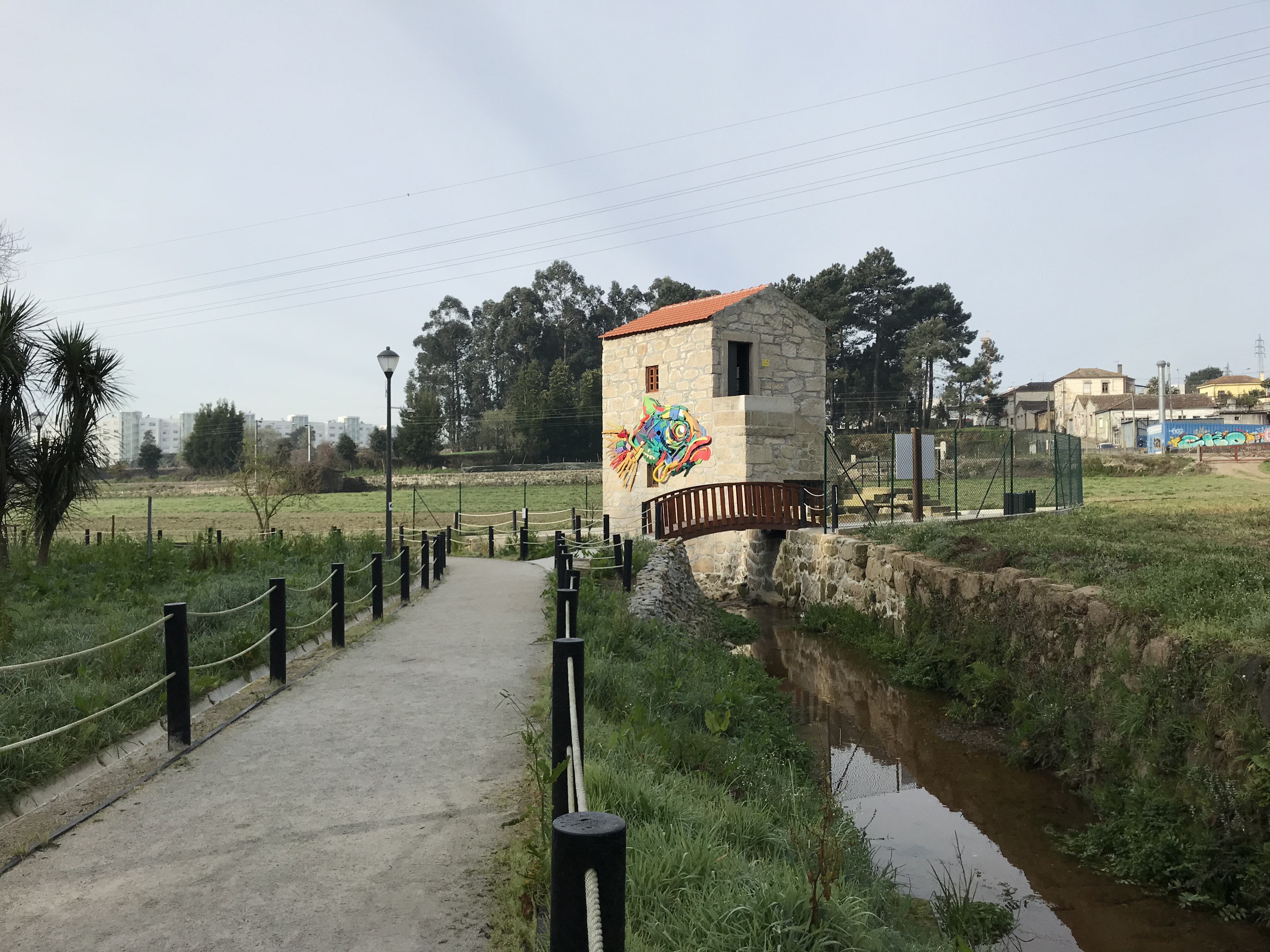Pollution of the Rio Tinto, Porto, Portugal
Portugal presents cases of pollution by odours especially related to industrial activities, concentrated and restricted to specific areas. The pulp and paper industries are a significant source of odours in Portugal and have the particularity of being distributed throughout the country. The two pilot studies that will be carried out in Portugal, under the D Noses Project, are, one in the Porto area – lead by LIPOR – and the other one in São João da Madeira, – lead by São João de Madeira Municipality.
The first pilot is related to the Porto Metropolitan Area and the “Rio Tinto Ecological Trail”. This project aims to define a joint plan action for the rehabilitation of the Tinto River. It is an atypical case, selected because odour is a fundamental parameter that can diagnose and be used to track other environmental problems such us illegal discharges. The Rio Tinto river presents nowadays serious pollution problems with sources mainly in the Ermesinde city. There are clandestine discharge sewers in the head of the river and suspected infiltration of untreated water from the landfill (also closed) and of the Wastewater Treatment Plant of the Rio Tinto City. All these factors have contributed to high levels of pollution in the river.
The objectives of the Project include registering polluted areas, monitoring the evolution of water quality, provide scientific and experts’ advice, identifying the interventions that are necessary to recover the river and to define sustainable future uses, such as the construction of an ecological trail. To this end, a Monitoring Program for Evaluation of Water Quality and Sediments from Rio Tinto is in progress and aims to contribute to the identification of the causes of degradation of water quality. Identifying bad odours along the ecological trail by the citizens that cross it, will allow us to discover more sources of related environmental problems and to involve the citizens in the resolution of the problem.
